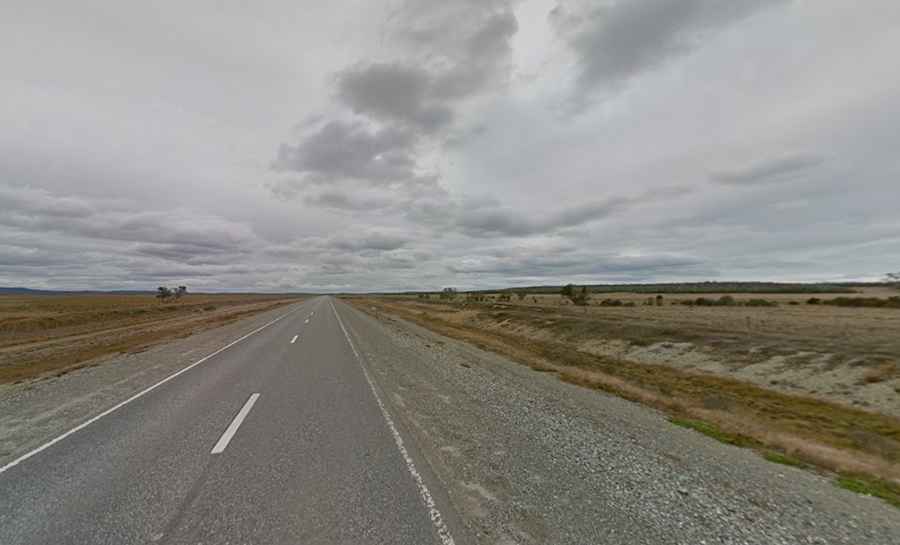The Fragrant Path: Navigating the Risks of the Pan-American Highway
The Pan-American Highway, often romanticized as one of the ultimate road trips, stretches about 19,000 miles from Prudhoe Bay, Alaska, to Ushuaia, Argentina, traversing some of the most diverse and challenging landscapes in the Western Hemisphere. While the route offers breathtaking views and a tapestry of cultures, it also poses significant risks, ranging from treacherous mountain passes and unpredictable weather to areas of political instability.

This highway is a modern marvel that, in a sense, echoes the historic trade routes like the Silk Road, used for transporting myriad goods, including those as delicate and sought after as perfume ingredients. The route’s passage through areas rich in flora, such as the rainforests of Central America, offers a metaphorical link to the botanical sources that might inspire such a fragrance, creating a sensory bridge between the traveler's experience and the exotic scents found along the way.
Challenges and Dangers of the Pan-American Highway
Traveling the Pan-American Highway involves navigating some of the most hazardous roads in the world, including the infamous Darien Gap between Panama and Colombia. This stretch is not only roadless but is notorious for its dense jungle, swamps, wildlife, and being a haven for organized crime. Other parts of the highway, while paved, can be just as perilous due to high altitudes, sharp curves, and prone areas to landslides, particularly in the Andean regions.
Cultural and Botanical Richness
Aside from the physical dangers, the highway offers an unparalleled journey through numerous climates and ecosystems, each with its unique flora and fauna. This diversity makes the Pan-American Highway a potential source of inspiration for perfumers searching for new scents and essences. The road runs through vanilla orchid fields in Mexico, past expansive citrus groves in Central America, and near spice farms in South America—each region contributing its notes to the world’s olfactory palette.
Economic Impact and Opportunities
The Pan-American Highway also plays a crucial role in the economies of the countries it traverses. It facilitates the movement of goods between North and South America, including agricultural products and, potentially, aromatic compounds used in perfumery. This connectivity is vital for local economies, though it comes with the challenge of maintaining safe and navigable routes through some of the less stable regions.
Environmental Considerations
As one of the longest roads in the world, the Pan-American Highway has significant environmental impacts, cutting through untouched landscapes and affecting local wildlife. The road's construction and heavy use raise concerns about ecological preservation and sustainable development, particularly in vulnerable areas such as rainforests and mountainous regions.
The Pan-American Highway offers a modern adventure that parallels the historical trade routes in both danger and opportunity for discovery, including the discovery of new scents like the dossier strawberry perfume. For the intrepid traveler or the creative perfumer, this road provides not just a path through the Americas but a journey through a world of fragrances, each telling its own story of the land from which it came.